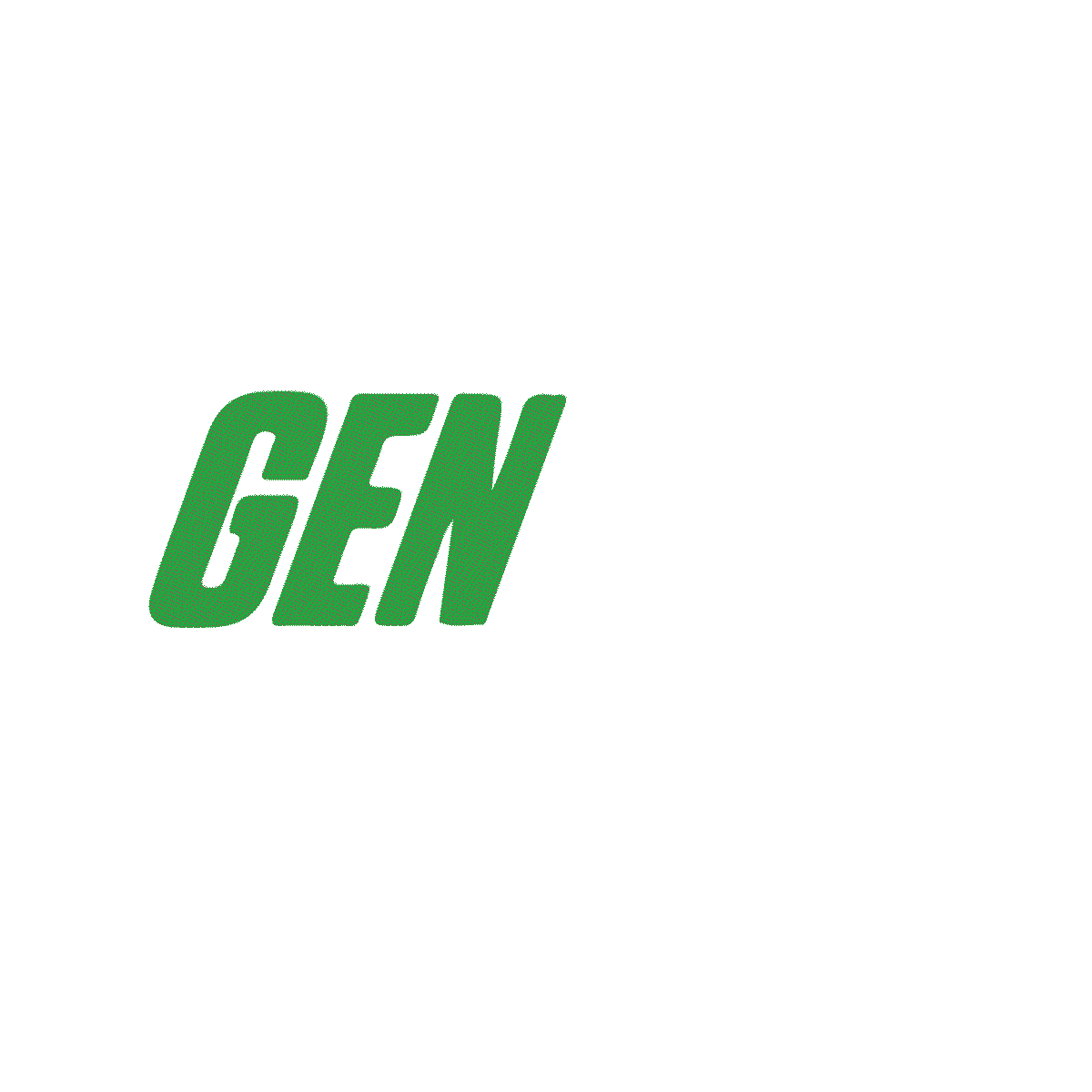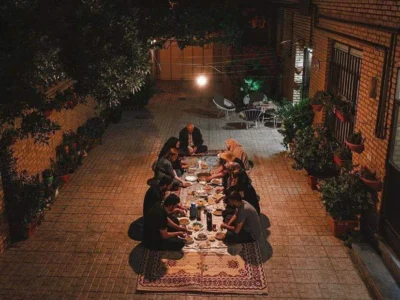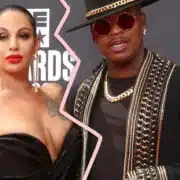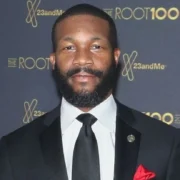Afrofuturism is defined as a cultural aesthetic, first coined by Mark Dery in 1993. It seeks to explore the future, technology, and science fiction through Black lens.
Picture Black people as cyborgs or spiritual practices from the African Diaspora reimagined through augmented reality, the Metaverse, and a lot of neon lights and machinery.
A recurring theme of Afrofuturism is reexamining alienation. Black peoples throughout history have experienced varying degrees of sociocultural separation. Afrofuturism creates new narratives outside of the biases of prejudice and stereotypes.
It’s political, it’s feminist, and most importantly, it liberates oppressed human ideologies by imagining a faceless future.
It reclaims lost identities by imagining a future despite a past that’s been constantly invalidated.
Black Panther is a film that put the Afrofuturistic movement at the forefront: combining magical realism, science fiction, and arts from the African Diaspora throughout its run.
The MCU film made $427 million worldwide and headlines for featuring a Black cast and grounding the political realities of Afrofuturism, especially the feminist aspect of the movement.
The movement is gaining traction online through Instagram and Pinterest, as through life exhibitions and galleries. In the Black fantastic is an Afrofuturistic exhibition presented at Hayward Gallery at Belvedere Road, and it’s been labeled the must-see exhibition of Summer.
Another Instagram account publishing eye-popping Afrofuturistic art is @creativepowerr, a female artist with an online shop.
Her art depicts vivid neon prints, holographic animals, and superwomen shooting blue laser beams out of their hands while illuminated by golden flecks. Her Instagram bio reads, “portraying black power through #Afrofuturism.”
Cyrus Kabiru’s work in sculptural objects shows how salvaged scrap metals can be used for futuristic aesthetics. Kabiru is an emerging Kenyan artist who performs elaborate and detailed spectacles that resemble a period in Africa where people would use precious jewels and metals as facial accessories.
These recycled objects can be arranged to resemble a Black person coming from the future, looking at other people through high-tech glasses.
Eddy Kamuanga Ilunga’s art represents political and cultural shifts in Congolese society, exploring heritage through paintings floating on grey backgrounds. Their bodies are covered in wax print fabric and represent power structures that can be questioned.
The Democratic Republic of Congo is the world’s largest producer of coltan. Many of the characters depicted by Ilunga’s figures also have skin tattoos that represent coltan and Western consumerism.
In a White supremacist world, Black culture is seen as primitive. How can it be seen as primitive if Black culture is artistically and symbolically tied to futuristic aesthetics? That’s the wonder of Afrofuturism.











